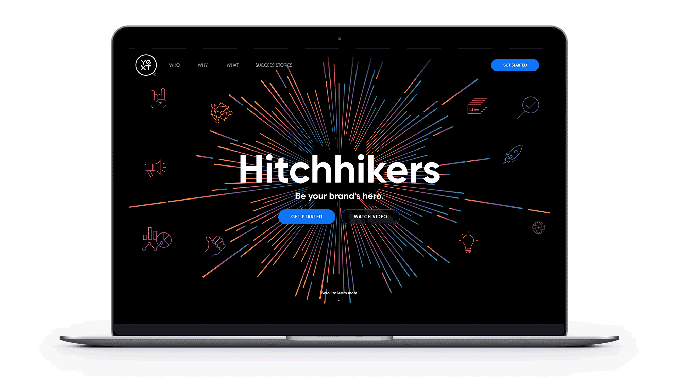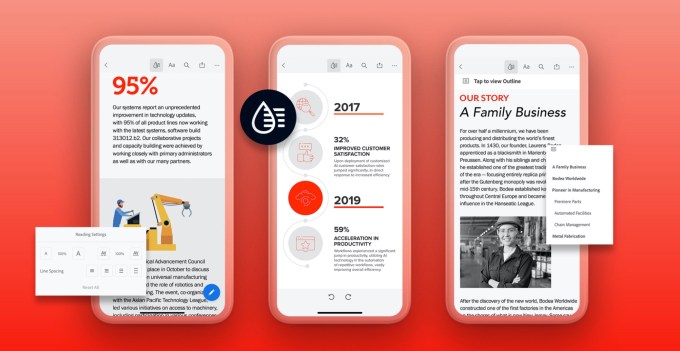Yext is making its site search product Yext Answers available to a broader set of customers today with the launch of a new program that it calls Hitchhikers.
The company launched Yext Answers in October 2019 with the goal of making a brand’s website — rather than whatever shows up via Google search — the authoritative source of information about that brand. And earlier this year, Yext also introduced a 90-day free trial, which CEO Howard Lerman said was designed to help more partners deliver coronavirus-related answers.
However, Lerman told me this week that Yext Answers has still been constrained by a setup process that requires a Yext employee “to understand our own software and build your knowledge graph,” which meant that the company had to turn away many potential customers. With Hitchhikers, that’s no longer the case.
Chief Strategy Officer Marc Ferrentino said the program is designed for digital marketers, SEO specialists and IT professionals. The goal is to provide everything they need to create their own site search experience — including starter “knowledge graphs” customized to specific industries that customers can populate with their own content.
And there’s an educational focus — Ferrentino said Hitchhikers should be accessible to “someone who is a novice when it comes to technology,” quickly getting them up to speed on topics like HTML, CSS and JavaScript, with different tracks and modules all brought to life with “hands-on learning” and quizzes.

Image Credits: Yext
Like Yext Answers, Hitchhikers is available through a 90-day free trial. And if you’re wondering about the name, Lerman said it’s a reference to Douglas Adams’ classic novel “The Hitchhikers Guide to the Galaxy,” specifically the idea of The Ultimate Question. Hitchhikers, then, is designed to help businesses answers their own Ultimate Questions.
One of the recurring themes in my recent conversations with Lerman has been the importance of brands and businesses as a source of knowledge and authoritative information. It’s something he emphasized again when discussing Hitchhikers. For example, he pointed to a Google search about what qualifies as essential travel — the top result was an article from a popular travel blogger, rather than the official definition from the U.S. State Department (a Yext Answers customer).
“The ultimate authority how to claim your gift card from Krispy Kreme is Krispy Kreme,” Lerman said. “The ultimate authority on an internet outage in a certain area is Cox … Getting that information to the user is even more important in this terrible year of misinformation and disinformation.”

